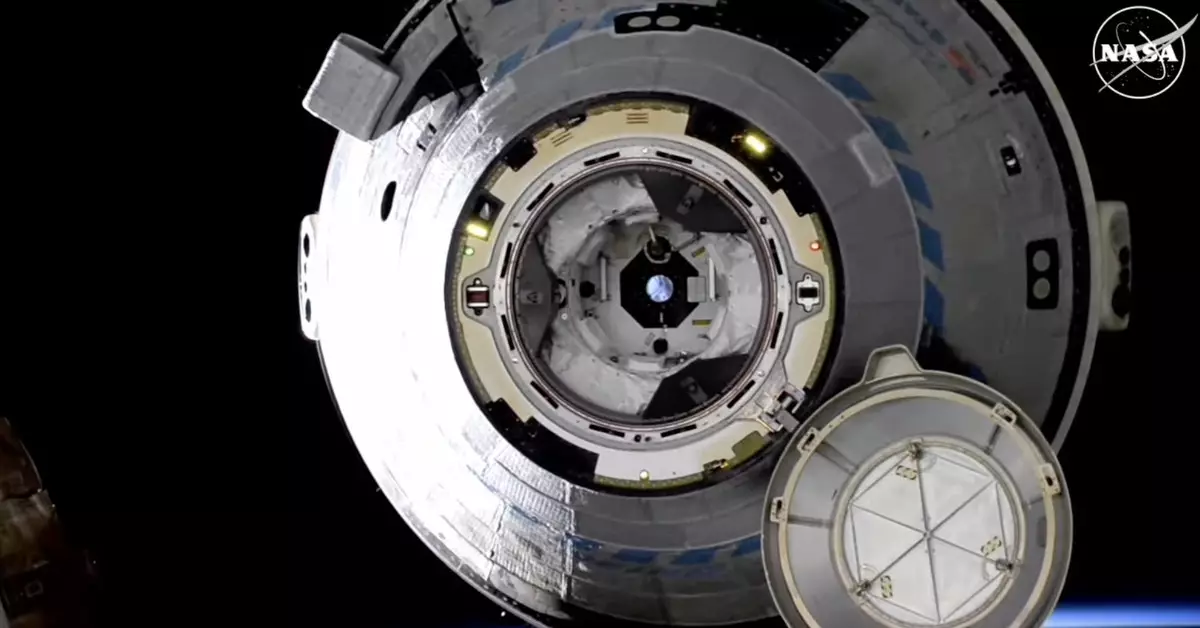The recent uncrewed flight of the Boeing Starliner spacecraft, although deemed successful by NASA, was completed months later than initially planned. This delay not only highlights issues with the timeline of the mission but also raises concerns about the efficiency of the spacecraft’s operations. The fact that the original crew, NASA astronauts Barry “Butch” Wilmore and Suni Williams, are now left aboard the International Space Station until next year indicates a lack of proper planning and execution.
Throughout the flight test, the Starliner encountered various technical challenges that affected its performance. Notable issues included helium leaks that were initially deemed acceptable by NASA but further complications arose when more leaks and problems with the spacecraft’s reaction control thrusters were discovered. These continuous hurdles not only question the reliability of the Starliner but also highlight the need for rigorous testing and evaluation before manned missions are conducted.
Despite the setbacks faced during the uncrewed flight, both NASA and Boeing have emphasized the importance of the test in providing valuable insights for future missions. Statements from NASA officials regarding the learnings obtained from the extreme conditions during the flight suggest that improvements will be made to the Starliner system to mitigate similar issues in the future. However, it is essential for both parties to address and rectify the technical challenges faced to ensure the safety and success of upcoming manned missions.
Looking ahead, the return of astronauts Wilmore and Williams aboard a SpaceX Dragon capsule at the conclusion of NASA’s Crew-9 mission in early 2025 raises questions about the collaboration between NASA and commercial space companies. The reliance on SpaceX for crew transportation underscores the need for a seamless partnership to ensure the continuity of manned missions. It also prompts a discussion on the distribution of responsibilities and resources between government space agencies and private enterprises for the advancement of space exploration.
The uncrewed flight of the Boeing Starliner spacecraft back to Earth may have been successful in terms of its safe return, but the delays, technical challenges, and future implications outlined demonstrate the complexities and uncertainties associated with space exploration. It is imperative for NASA, Boeing, and other stakeholders to address the shortcomings identified and work towards enhancing the reliability and efficiency of spacecraft for the success of future manned missions.


Leave a Reply